Common Insects On Cosmos: Treating Pests On Cosmos Plants
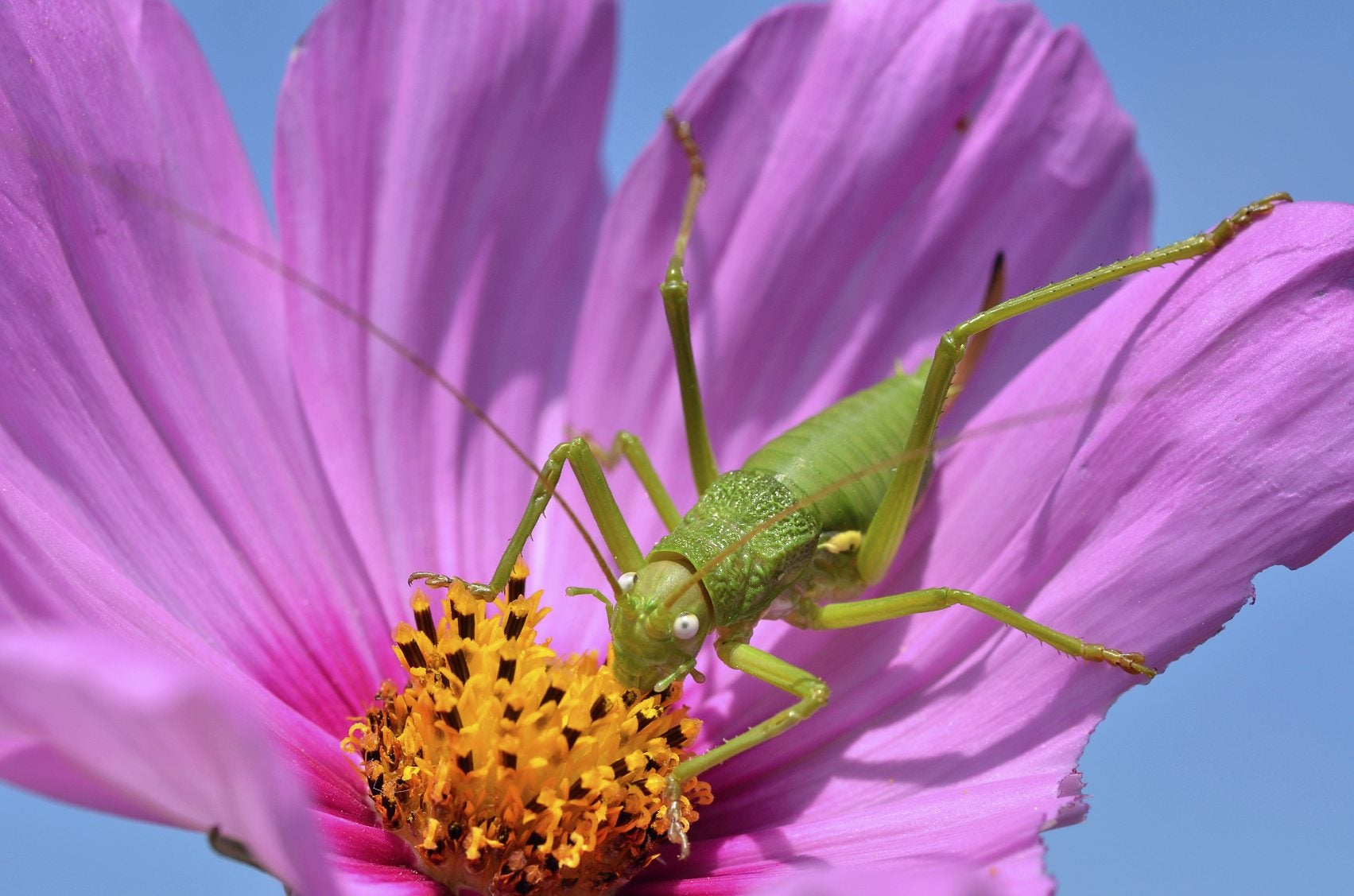

There are over 26 species of cosmos. These Mexican natives produce cheery daisy-like blooms in an array of colors. Cosmos are hardy plants that prefer poor soil, and their easy-care nature makes them perfect plants for a sunny location in almost any garden. Cosmos plant pests are rare and generally don’t cause significant damage to the health of the plant. What pests do cosmos get? Learn about treating pests on cosmos plants to keep your flowers looking beautiful.
What Pests Do Cosmos Get?
Plant pests abound in spring and summer. Those that eat plant parts and suck sap can cause stunting, disfiguring, and loss of vigor in our beautiful landscape plants. Bugs that eat cosmos flowers can do successive damage to plants over time. These tiny marauders are often difficult to spot, but their feeding activities bring obvious results. Identifying the insects on cosmos can help control the pests and restore your plant to health. Cosmos self-seed, prefer infertile, difficult soil, and are fairly tolerant of low moisture. You really couldn’t ask for a more perfect, easy-care plant that brings vivid color to the landscape. However, even these tough beauties can be laid low by tiny insect pests. While many insects may nibble on cosmos now and again, like grasshoppers, the most common pests that set up their cafeterias in your plants are aphids, thrips, and Lygus plant bugs.
- Aphids – They are sucking insects that dine on plant sap. This can result in interruption of nutrients to parts of the plant and lowered vigor. Heavy feeding can also cause distorted and stunted new plant growth. Twisted leaves or unfinished flowers are common. These small insects are tiny but visible with the naked eye. Most often black, aphids also come in red, white, silver, brown, and other colors. Use a consistent plan of sprayed horticultural oil to combat the little beasties.
- Thrips – These are even smaller than aphids and are usual insects on cosmos. It is often not possible to see thrips as more than the dot of a pencil. If you see numerous tiny dots along the plant stems and leaves, you may be the lucky recipient of a thrip invasion. You can blast many of the pests off with bursts of water or use the horticultural soap spray.
- Lygus plant bugs – Also called true bugs, they have folded “x-shaped” wings on top of their backs. These are also sucking insects and are larger than thrips but still small. Their feeding behavior causes spots or stippling on foliage. Oils and soaps can be used against lygus plant bugs, but their feeding behavior doesn’t cause any true damage to plants, so an insecticide is not usually necessary.
How to Combat Insects on Cosmos
Many of the larger insects can be hand removed, but the tiny thrips and aphids pose a different problem. There are many insecticides you can try, but these add toxicity to the landscape and are, therefore, undesirable. Soaps and oils formulated for insect control are very useful but need to be consistently utilized. Rinsing plants works for a few hours but the bugs will still return. Consider planting species with cosmos that are not as susceptible to these bugs. Chrysanthemums and marigolds are two examples of plants that are unbothered by these pests and seem to have a natural ability to repel them. Utilize neem oil as a deterrent in the form of a foliar spray. This oil is naturally derived from a tree and repels or kills numerous insects in a safe manner.
Gardening tips, videos, info and more delivered right to your inbox!
Sign up for the Gardening Know How newsletter today and receive a free copy of our e-book "How to Grow Delicious Tomatoes".

Bonnie Grant is a professional landscaper with a Certification in Urban Gardening. She has been gardening and writing for 15 years. A former professional chef, she has a passion for edible landscaping.
-
 Looking For Plants To Give You The Soft And Fuzzies? Try These 5 Fuzzy Leaf Plant Options
Looking For Plants To Give You The Soft And Fuzzies? Try These 5 Fuzzy Leaf Plant OptionsLovers of texture, drama, silver foliage and tactile plants will adore these special sensory garden additions. These fuzzy leaf plant options will leave you all aglow
By Susan Albert
-
 Get Ready For A Summer Of Hummers! Grow These Full Sun Hummingbird Plants and Flowers
Get Ready For A Summer Of Hummers! Grow These Full Sun Hummingbird Plants and FlowersIf you’re lucky enough to enjoy a sunny backyard, make sure you are maxing out on your pollinator opportunities and grow these full sun hummingbird plants and flowers
By Tonya Barnett
-
 Cutting Back Cosmos For More Blooms
Cutting Back Cosmos For More BloomsCutting cosmos will give you new flowers for the entire growing season as well as blooms for floral arrangements. Click to learn when and how.
By Mary Ellen Ellis
-
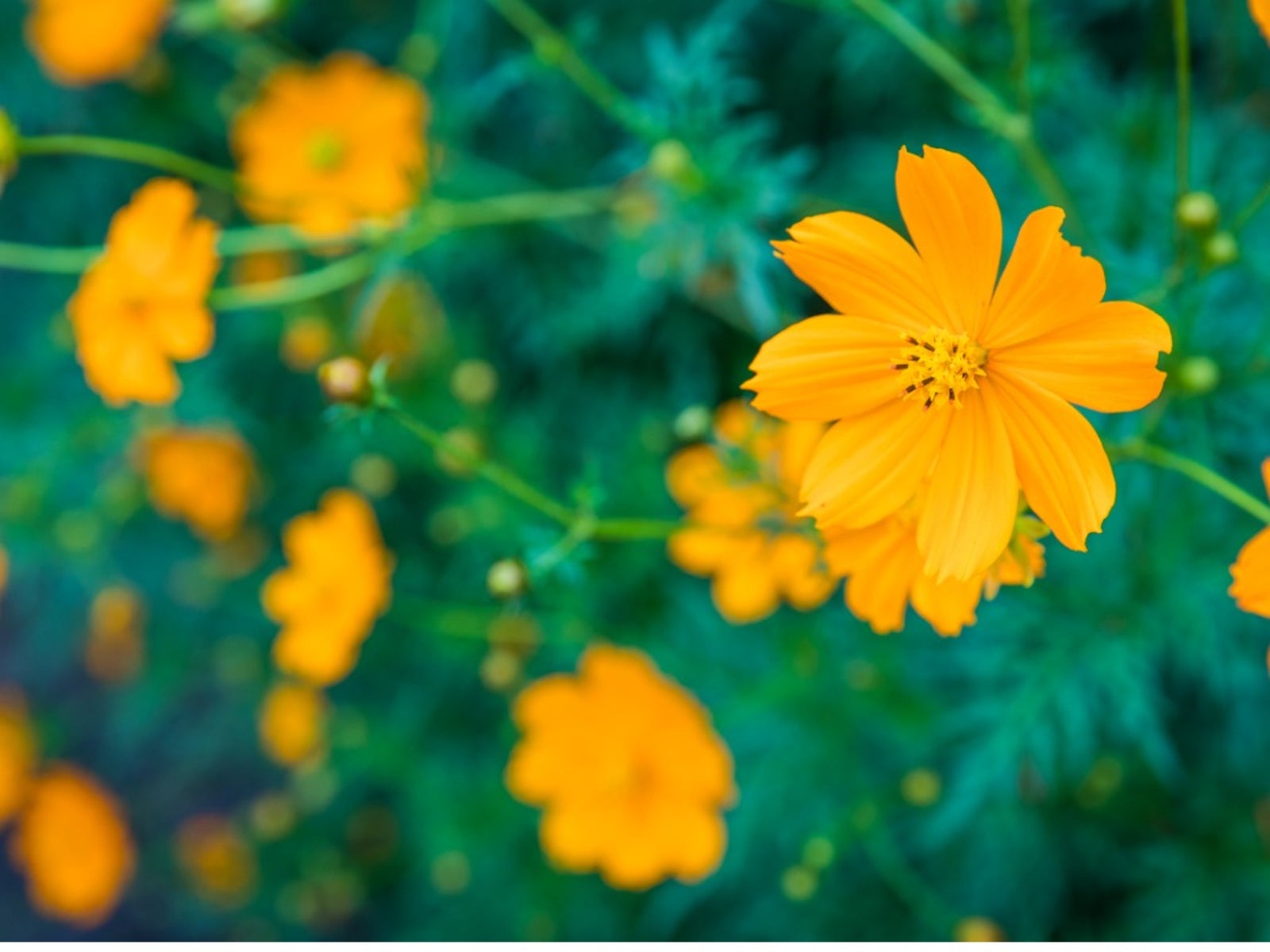 Sulphur Cosmos Information – How To Grow A Mexican Aster Flower
Sulphur Cosmos Information – How To Grow A Mexican Aster FlowerBy Mary Ellen Ellis
-
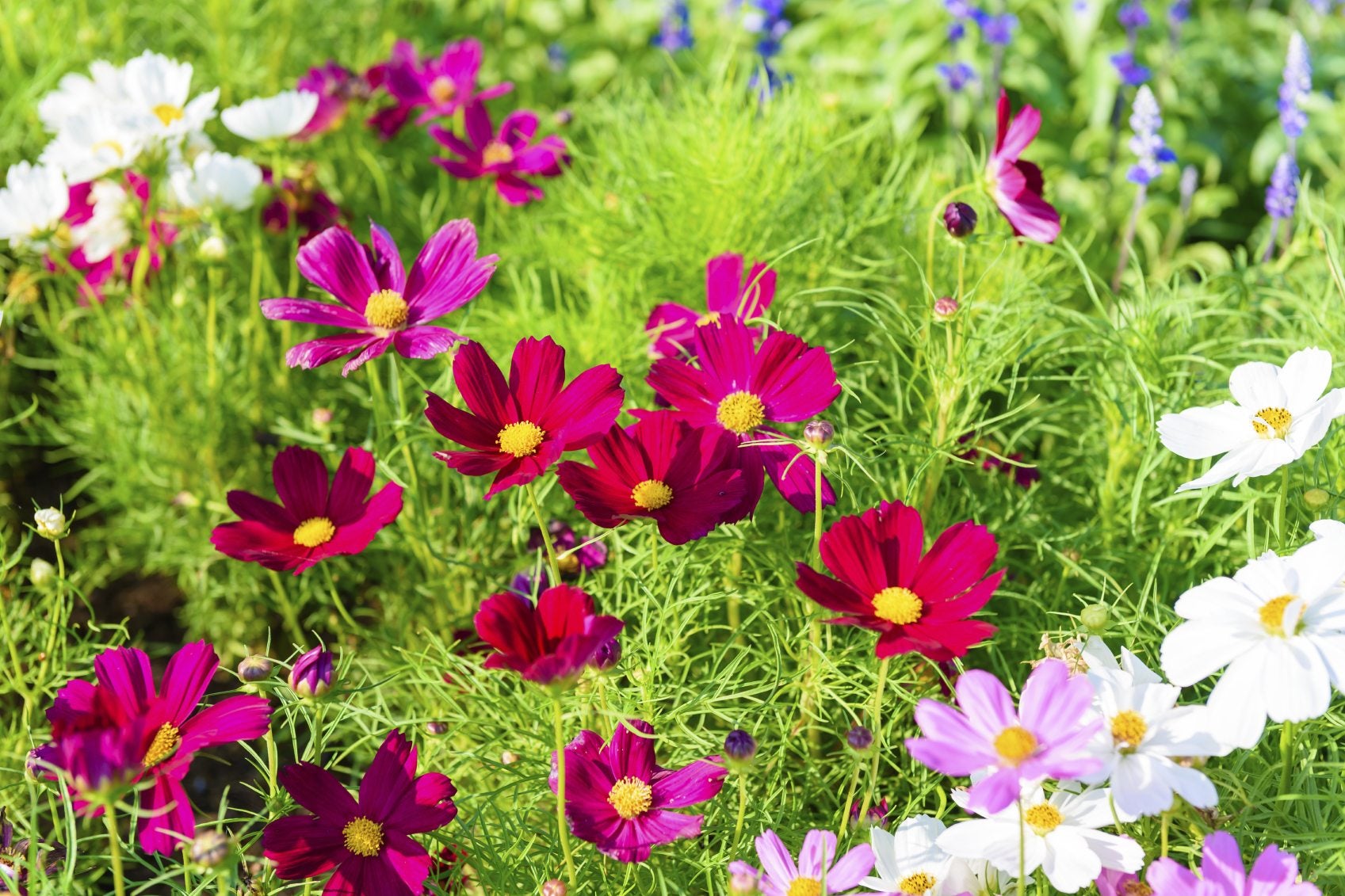 Cosmos Plant Varieties: Learn About Types Of Cosmos Plants
Cosmos Plant Varieties: Learn About Types Of Cosmos PlantsWhen it comes to considering the many types of cosmos plants on the market, gardeners are faced with a wealth of riches. Learn about a few of the best cosmos plant varieties and cosmos flower types for the garden in this article.
By Mary H. Dyer
-
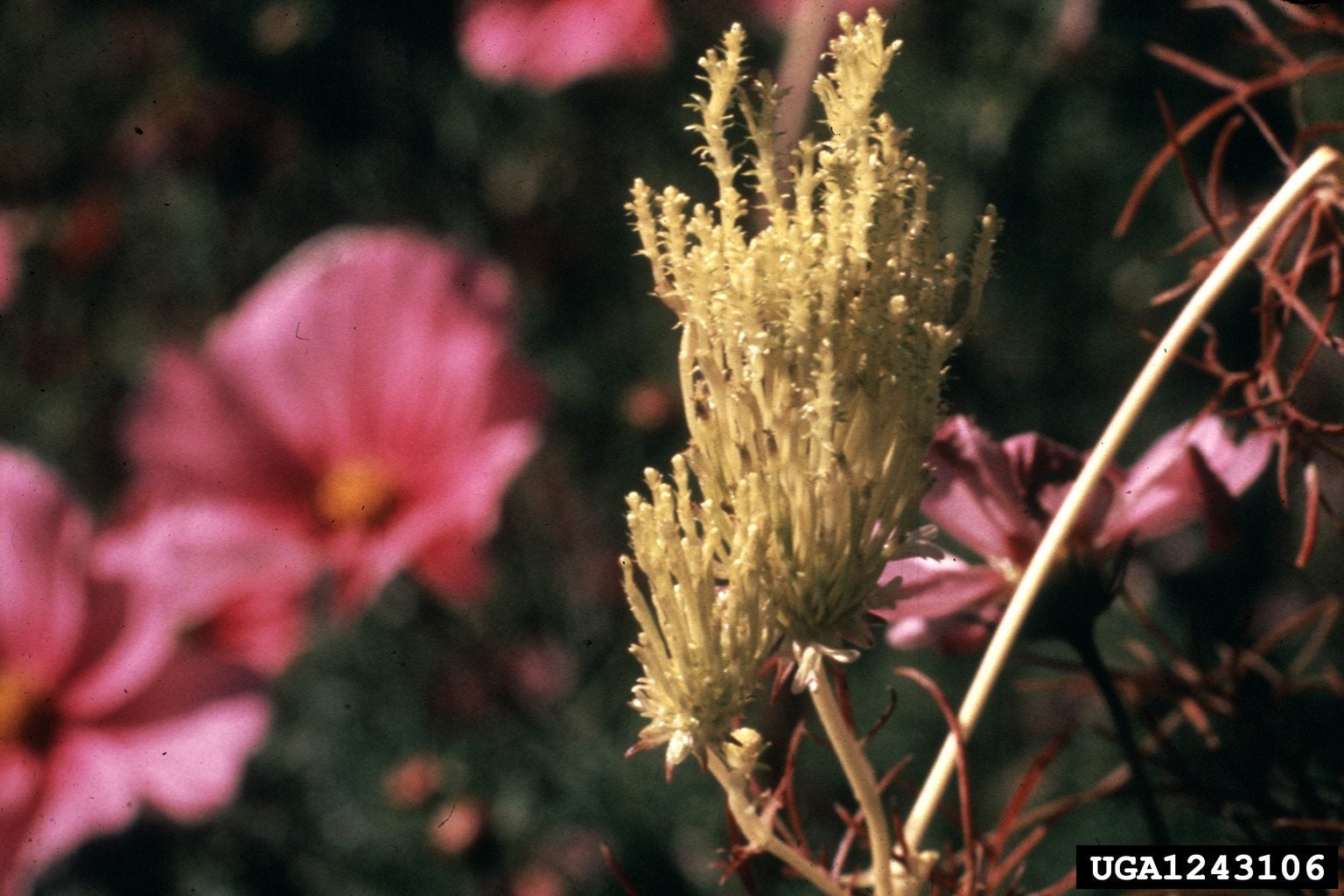 Cosmos Flower Diseases – Reasons Cosmos Flowers Are Dying
Cosmos Flower Diseases – Reasons Cosmos Flowers Are DyingCosmos plant diseases range from fungal to bacterial and into insect vectored viruses. Controlling insects, providing proper irrigation and planting healthy plants can minimize these problems. Click here to learn more in this article.
By Bonnie L. Grant
-
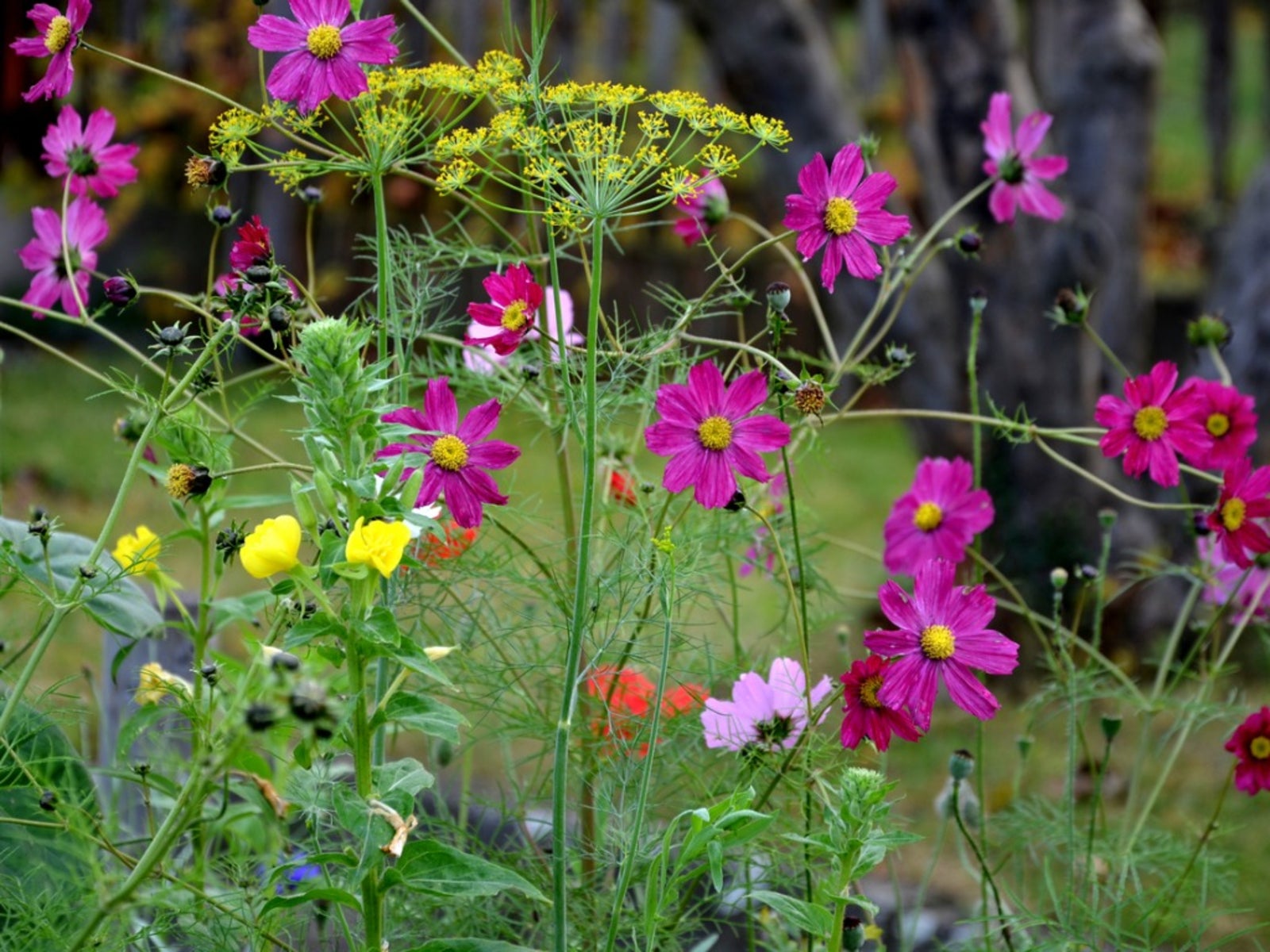 Companion Plants For Cosmos – Learn About Cosmos Companion Plants
Companion Plants For Cosmos – Learn About Cosmos Companion PlantsWhat grows well with cosmos, and why do cosmos need companions? Companion planting serves a number of valuable purposes in the garden. Click this article to find out what plants grow well with cosmos in the garden.
By Mary H. Dyer
-
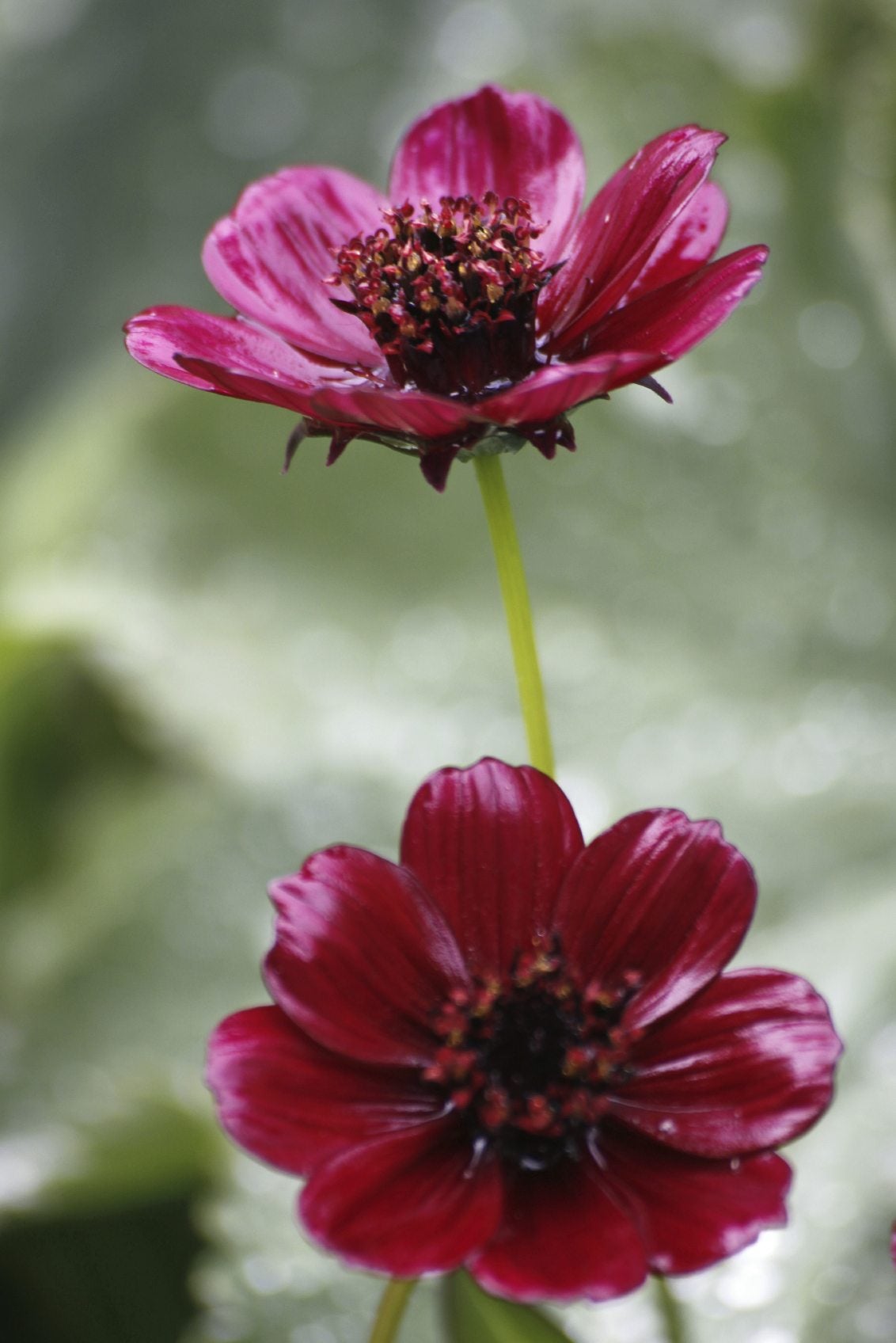 Caring For Chocolate Cosmos Plants: Growing Chocolate Cosmos Flowers
Caring For Chocolate Cosmos Plants: Growing Chocolate Cosmos FlowersChocolate isn't just for the kitchen, it's also for the garden, especially a chocolate one. Growing chocolate cosmos flowers will delight any chocolate lover. This article had information on its care in the garden. Click here to learn more.
By Gardening Know How
-
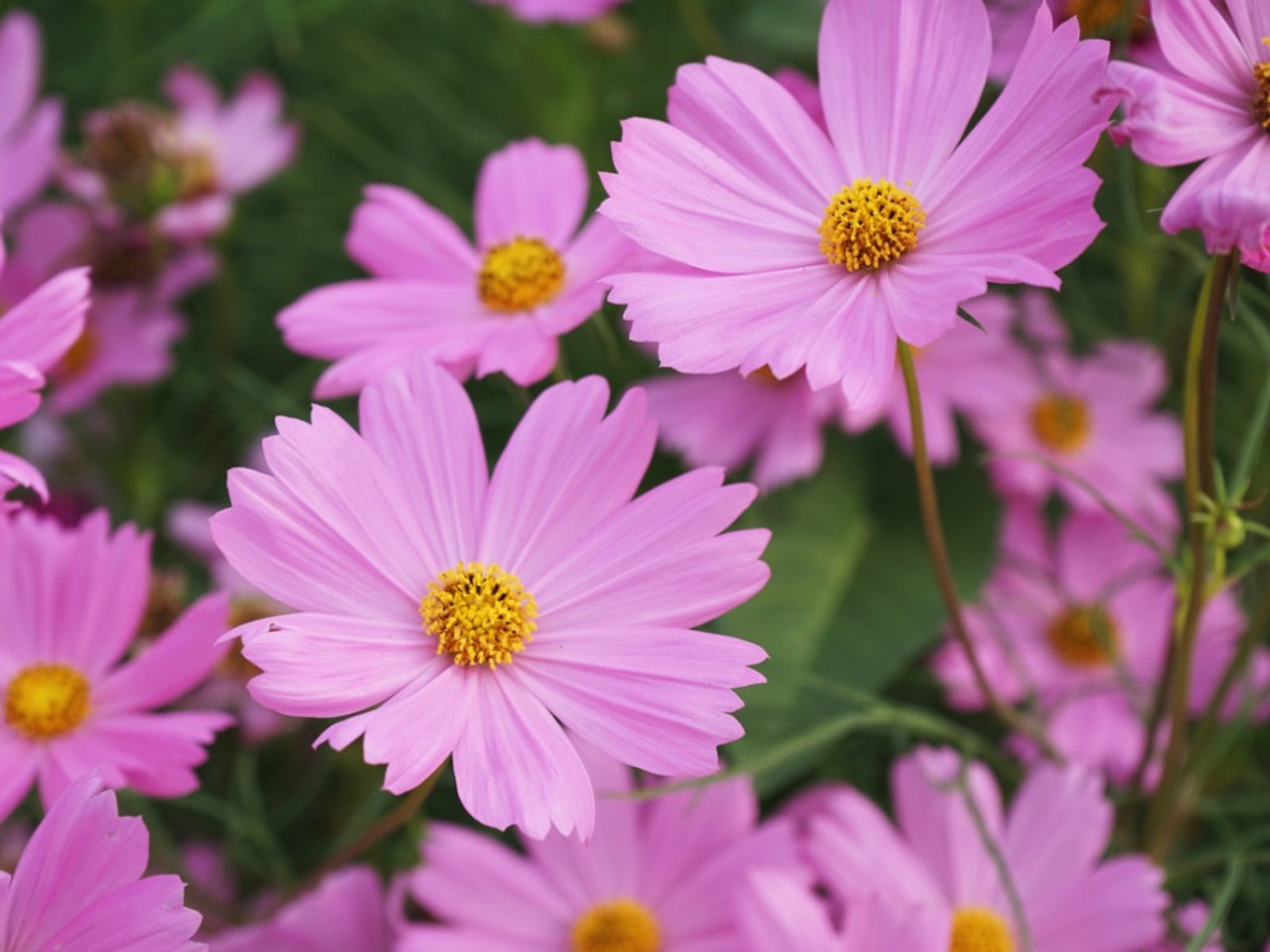 Cosmos Not Flowering: Why Are My Cosmos Not Blooming
Cosmos Not Flowering: Why Are My Cosmos Not BloomingCosmos is a showy annual plant commonly grown in gardens. But what happens when there are no blooms on cosmos? Read this article to learn more about why cosmos will not flower.
By Susan Patterson
-
 Should You Deadhead Cosmos: Tips For Removing Cosmos Spent Flowers
Should You Deadhead Cosmos: Tips For Removing Cosmos Spent FlowersDeadheading cosmos after the blooms start to fade will rejuvenate the plant and cause it to bloom over and over again, up until the autumn frost. Find out how to deadhead cosmos in this article.
By Anne Baley